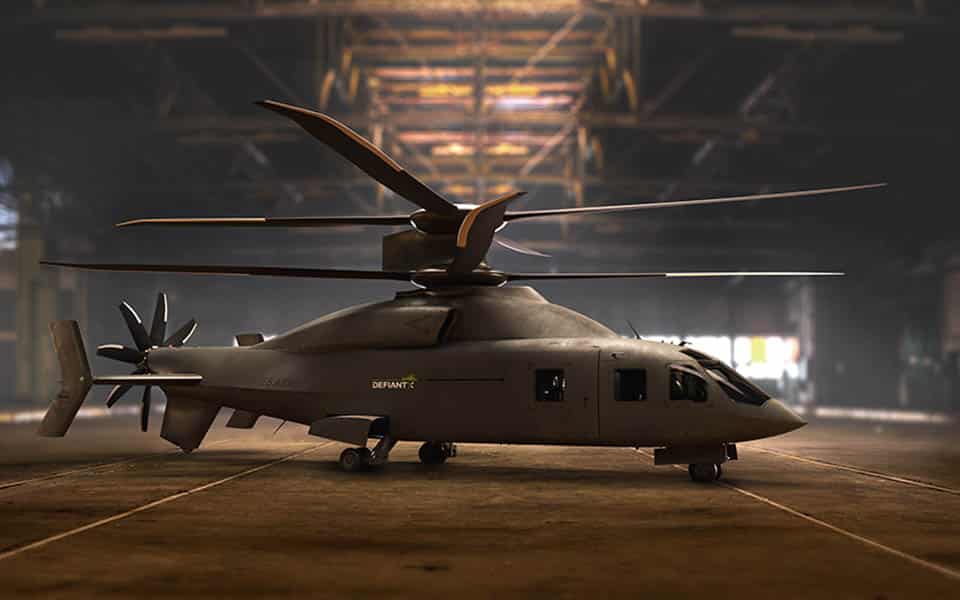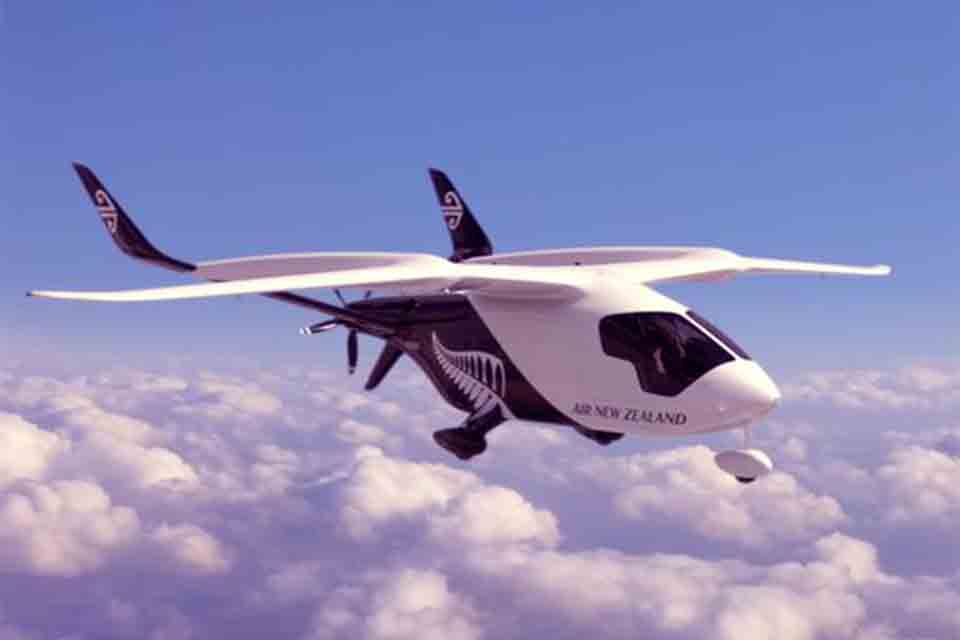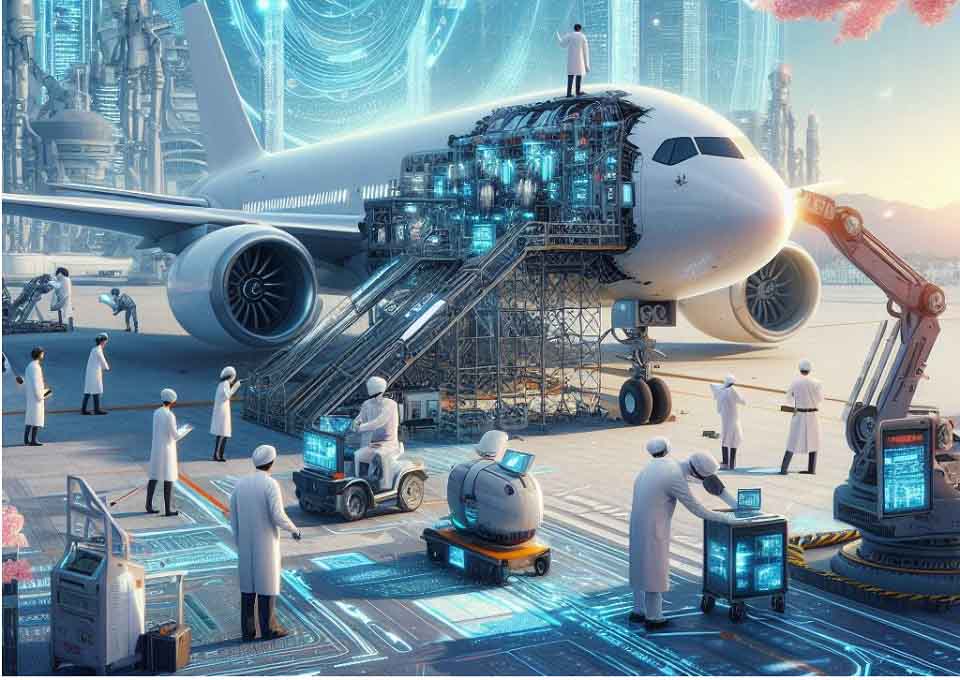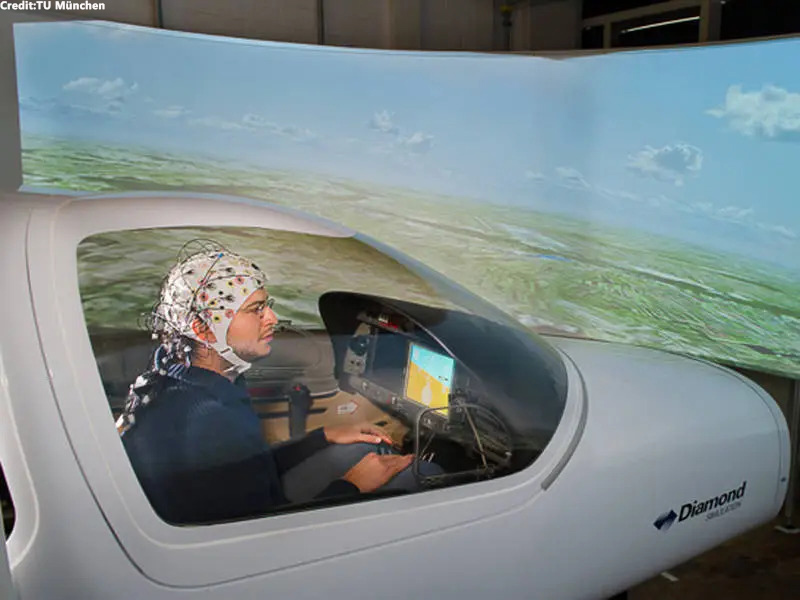Tech
Sikorsky-Boeing delivers Defiant X proposal to US Army

WEST PALM BEACH, Fla., Sept. 7, 2021 – Today the Sikorsky-Boeing team released the following statement on the early submittal of the proposal for DEFIANT X for the U.S. Army’s Future Long-Range Assault Aircraft (FLRAA).
This statement can be attributed to Paul Lemmo, president, Sikorsky, and to Mark Cherry, vice president and general manager, Vertical Lift, Boeing Defense, Space & Security:
“Continuing a 75-year partnership with the U.S. Army, providing and sustaining the iconic BLACK HAWK, Chinook and Apache, the Sikorsky-Boeing team looks to the future with the Future Long-Range Assault Aircraft – DEFIANT X. Today, Team DEFIANT completed and submitted the proposal for the U.S. Army’s FLRAA competition, offering low-risk, transformational capability that delivers on an Army critical modernization priority and advances the future of Army aviation. DEFIANT X delivers speed where it matters, survivability, unsurpassed power, maneuverability, superior handling in any environment and lower lifecycle costs – while operating in the same footprint as the BLACK HAWK. We are confident that DEFIANT X, supported by our longstanding Army industrial base suppliers, is the best choice for delivering overmatch on the Multi-Domain Operational battlefield in INDOPACOM and across the globe.”
For more information on DEFIANT X visit www.boeing.com/defiantx or follow #DEFIANTX on social media to join the conversation.
About Sikorsky and Boeing
Together, Sikorsky and Boeing have built 90 percent of the U.S. Army’s current military rotorcraft and have totaled more than 20 million flight hours. We’re the team that has brought forward iconic military rotorcraft including: Black Hawk, Chinook and Apache. The iconic UH-60 Black Hawk has proven itself to be the premiere assault platform in the world and DEFIANT X will bring the next level of capability that the Future Long-Range Assault Aircraft requires.
Additional background:
- The Sikorsky-Boeing team continues to conduct flight tests and expand SB>1 DEFIANT’s flight envelope. This test data is correlating the DEFIANT X virtual models and was included in our proposal to the U.S. Army.
- Together, Sikorsky and Boeing, supported by a nationwide Army industrial base of suppliers, have more than 20 million Army flight hours of proven performance over the last 75 years. We are committed to delivering a weapon system that delivers transformational capability and affordability across the entire system, over the full lifecycle – including efficient sustainment, reuse of military construction and minimized training time and costs.
- We’ve designed-in affordability through ease of maintenance, reliability and advanced manufacturing techniques. Our investments in digital transformation, configuration design and aircraft sizing have driven a best-value solution for the Army. DEFIANT X has the same operational footprint as the BLACK HAWK allowing the Army to leverage existing operations, airfield configurations and hangars, avoiding costly infrastructure investment. And because our configuration flies like a helicopter with enhanced capabilities, training pilots is similar to the training that exists in the Army today.
- Our digital design and advanced manufacturing enables the Army to lower cost across the entire lifecycle of the platform – including fleet management affordability and efficiency and rapid, affordable upgrades.
- DEFIANT X is designed for fleet reliability and availability, including long maintenance-free operating periods, real-time vehicle heath management and fewer parts.
- Our open system approach allows the Army to easily modernize DEFIANT X over time, providing the flexibility and adaptability needed to stay ahead of the evolving threat as missions and conditions change.

Tech
Air New Zealand to Introduce Battery-Powered Flights

In a groundbreaking move towards sustainable aviation, Air New Zealand has revealed its selection of Wellington and Marlborough Airports as the key ports for its inaugural all-electric aircraft operations.
The airline’s choice marks a significant step in its commitment to reducing carbon emissions in the aviation sector. The selected route for the debut flights with the Beta ALIA aircraft, named the ALIA CTOL, will encompass commercial demonstrator flights between Wellington and Marlborough. Initially, Air New Zealand will focus on cargo-only operations in collaboration with NZ Post, with flights expected to commence in 2026.
Wellington Airport has been designated as the primary hub for Air New Zealand’s pioneering venture into next-generation aircraft. Meanwhile, Marlborough Airport will also play a crucial role by establishing charging infrastructure to facilitate the aircraft’s operations, ensuring a seamless and sustainable journey.
Matt Clarke, CEO of Wellington Airport, expressed enthusiasm for the opportunity to host the commercial demonstrator flights, emphasizing the airport’s commitment to driving change in the aviation industry. He highlighted the significance of this partnership in advancing the decarbonization efforts within New Zealand and beyond.
“Partnering with Air New Zealand to host the commercial demonstrator is a giant leap for sustainable aviation, providing the basis for all airports to prepare for the next generation of aircraft technology.
Decarbonizing aviation is recognized as a critical global endeavor, and in New Zealand, maintaining regional connectivity throughout this transition is deemed of national importance. With the introduction of all-electric flights, Air New Zealand aims to lead by example, setting a precedent for eco-conscious aviation practices worldwide.
Aviation
Japan to Construct Second Passenger Jet Following First’s Setback

The Japanese government is set to collaborate with a private firm to construct a new passenger jet, a project expected to require approximately USD 33 billion. The anticipated outcome of this endeavor could materialize by 2035, aiming to significantly reduce carbon emissions and establish a new standard in eco-friendly aviation.
Japan is strategically focused on developing its passenger aircraft to compete globally, following a previous unsuccessful attempt with the Mitsubishi Regional Jet, which failed to gain approval from the FAA and other aviation authorities. After years of research, the decision was made to innovate by revamping the aircraft and introducing a unique hydrogen-powered engine concept.
While concrete plans are yet to be finalized, discussions revolve around various propulsion technologies, including hybrid electric systems and hydrogen combustion or fuel cell technologies. Notably, hydrogen emerges as a prominent contender, with the Japanese Ministry of Economy, Trade and Industry (METI) emphasizing the importance of leveraging Japan’s competitive advantage in technological innovation to drive the decarbonization of air transport.
Video: The First MRJ regional Plane from Japan is scrapped in the United States
Numerous aerospace companies are already pioneering hydrogen-powered electric aircraft as a promising solution to combat carbon emissions. Companies such as ZeroAvia and Universal Hydrogen are at the forefront, with projects ranging from small regional planes to larger passenger aircraft, reflecting a concerted effort towards sustainable aviation.
In parallel, collaborations between budget airlines like EasyJet, engine manufacturers like Rolls-Royce, and industry giants like Airbus underscore the collective commitment towards developing hydrogen-powered aircraft. Airbus, for instance, aims to introduce hydrogen-powered planes into commercial service by 2035.
Despite setbacks like the failed SpaceJet aircraft program, which incurred substantial costs without achieving liftoff, Japan remains undeterred. The country’s new aircraft venture indirectly challenges competitors like China’s COMAC C919, signaling Japan’s determination to carve out a significant presence in the aerospace industry.
Additionally, Japan’s collaboration with Britain and Italy in developing a sixth-generation fighter jet highlights its pursuit of cutting-edge aviation technology. This advanced fighter jet, featuring Rolls-Royce engines, laser targeting systems, and three-dimensional thrust vectoring engine nozzles, represents a leap forward in military aviation capabilities.
Under an MOU agreement, Japan retains the option to export these fighter jets to allied nations, potentially reshaping the global landscape of military aircraft manufacturing and distribution. With these ambitious projects, Japan aims to assert itself as a leader in both commercial and military aviation, pushing the boundaries of innovation and sustainability in the aerospace sector.
Watch Video : Japan to Construct Second Passenger Jet Following First’s Setback
Aviation
A New Era in Aviation: German Researchers Build a Plane, Controlled by the Brain

Unlocking the potential of the human mind, German researchers have achieved an astonishing feat: a plane controlled solely by the power of your thoughts. Imagine taking to the skies without ever touching a control stick, relying instead on the incredible capabilities of your brain. This groundbreaking technology heralds a new era where the boundaries of possibility are redefined, offering the exhilarating opportunity to navigate the skies
In a groundbreaking advancement, a team of researchers from Technische Universität München and TU Berlin in Germany has developed technology enabling planes to be flown using only the power of thoughts. Led by Professor Florian Holzapfel, the scientists have not only achieved this feat but have also demonstrated its remarkable precision.
Using a flight simulator, seven subjects, including one with no cockpit experience, successfully navigated virtual skies with enough accuracy to pass a flying license test. This achievement marks a significant milestone in aviation technology.
The key to this brain-to-plane communication lies in a cap outfitted with EEG electrodes, which capture signals from the subjects’ brains. These signals are then translated into commands through an algorithm developed by the TU Berlin scientists.
Tim Fricke, head of the EU-funded project Brainflight, emphasizes the long-term goal of making flying more accessible to a broader range of people. While the prospect of the Average Joe donning an EEG cap and flying a plane may still be distant, the technology holds promise for enhancing flight safety and efficiency.
During tests, pilots managed landing approaches under poor visibility conditions, demonstrating the system’s reliability. Moreover, the technology has the potential to ease the workload of pilots, allowing them more freedom to manage other tasks in the cockpit. Following successful tests, researchers are now exploring how to adapt control systems and flight dynamics to accommodate this innovative control method. With brain control, flying could become more intuitive and less physically demanding, ushering in a new era of aviation safety and accessibility.


























